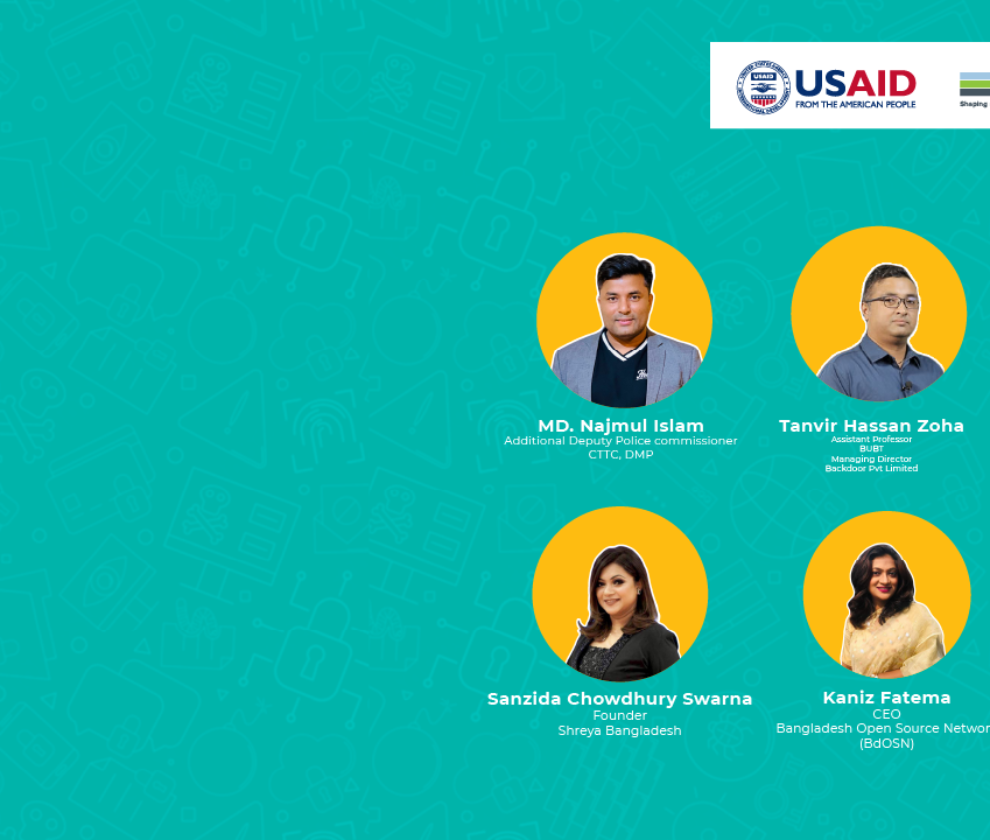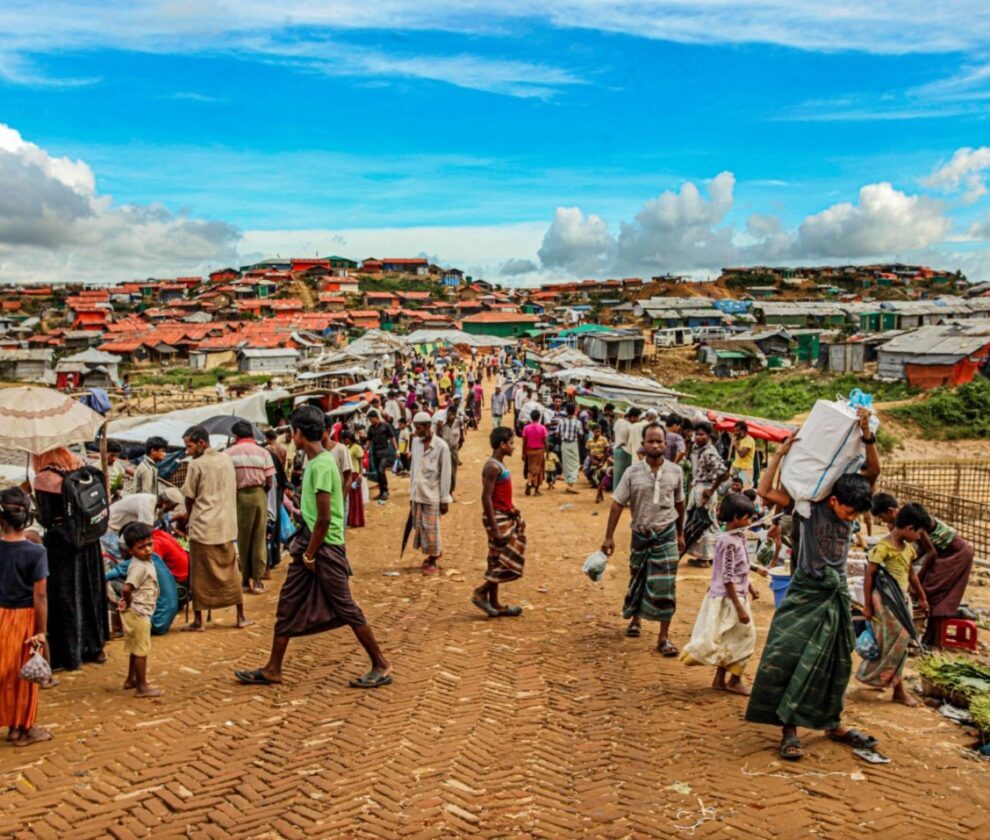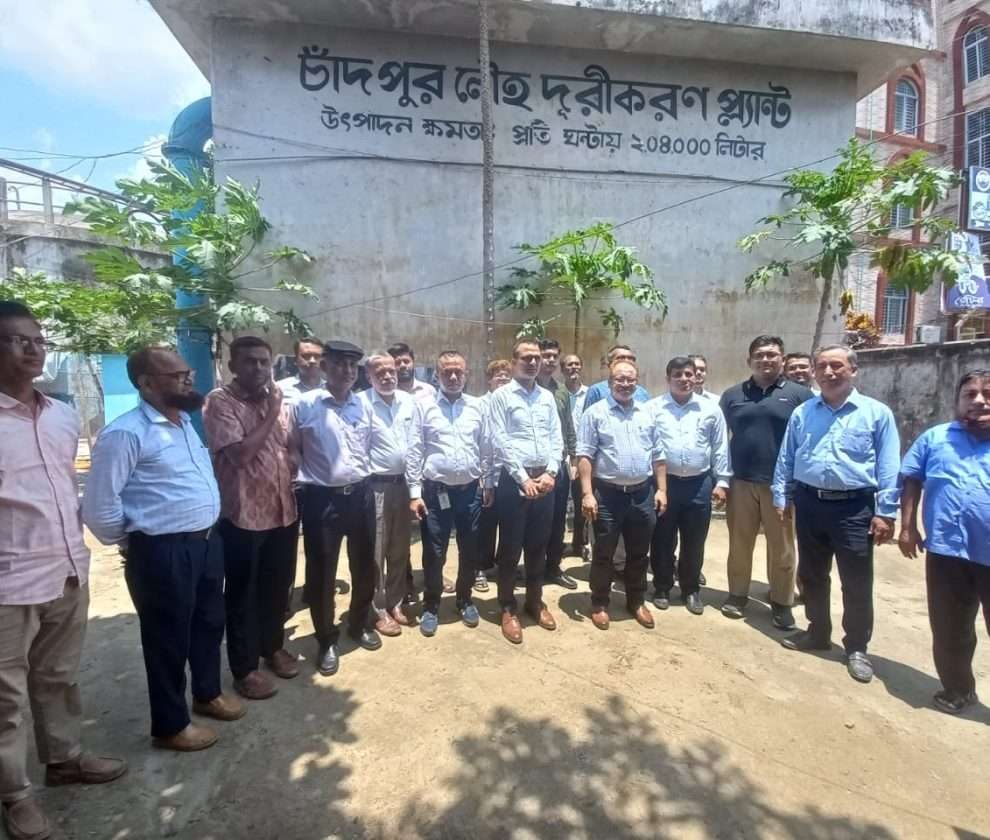Key Takeaways:
- Women in Bangladesh spend over 5 hours daily on cooking and fuel collection, creating “time poverty” that prevents them from earning income or pursuing education.
- Despite near-universal electricity access, rural areas face 6-8 hours of daily power cuts, and 72% of households still cook with harmful biomass fuels that cause over 113,000 deaths annually.
- Women make up only 10% of Bangladesh’s energy workforce, far below the 32% global average, representing a huge missed opportunity for the sector.
- Most development programs fail to create lasting change because they don’t train women to become local energy entrepreneurs and suppliers who can sustain solutions long-term.
Every morning before dawn, Rashida begins her day in rural Rangpur not with the flick of a switch, but with a trek through the misty countryside searching for fuel. Like millions of women across Bangladesh, she spends precious hours collecting firewood, breathing toxic smoke while cooking over inefficient stoves, and watching opportunities slip away as unreliable electricity dims the lights on her small tailoring business. Her story illuminates a critical truth that Bangladesh’s energy sector is only beginning to understand: the path to universal energy access runs directly through women’s empowerment.
Bangladesh’s energy story reads like a tale of two countries. While 99.3% of households now have electricity access according to HIES Survey, rural areas face 6-8 hours of power outages during peak periods leading to the households opting for these tradional and inefficient energy solutions. These blackouts symbolize the fragility of progress, as the Rural Electrification Board manages a 1,784 MW shortage affecting 55% of electricity consumers.
The cooking fuel landscape tells an even starker story. Despite decades of development efforts, 72% of households still depend on traditional biomass fuels. Only 28% of the population has access to clean cooking facilities a figure that actually declined by 1.9% between 2021 and 2022.
The true cost of energy poverty must be understood through the lens of time—that precious resource women sacrifice daily on the altar of energy insecurity. Bangladesh’s 2021 Time-Use Survey reveals that women spend 5.9 hours daily on unpaid care and domestic work compared to just 0.8 hours for men. Cooking and washing utensils specifically require 4 hours per day, while water and fuel collection add another 40 minutes daily.
This massive time commitment creates “time poverty,” a condition that locks women out of income generation, education, and community participation. When women bear a 7.3 times greater domestic work burden than men, entire communities lose the economic multiplier effect of women’s full participation.
The health consequences add another layer of urgency. Indoor air pollution from biomass fuels contributes to 113,202 premature deaths annually in Bangladesh, with women disproportionately affected due to cooking responsibilities. Women face exposure levels twice that of men, while more than 40% of deaths from lower respiratory infections in children under 5 are attributed to air pollution.
Market Forces and Missed Opportunities
Against this challenging backdrop, a new narrative is emerging where women are not just energy users but energy leaders. Yet the potential remains largely untapped: women comprise only 10% of Bangladesh’s energy sector workforce, significantly below the global renewable energy average of 32%. This stark underrepresentation reflects a systemic failure to recognize and harness women’s capacity as drivers of energy transformation, despite their intimate understanding of household energy needs and their proven effectiveness as community-based entrepreneurs.
Grameen Shakti has trained 2,797 rural women in renewable energy technology since its inception, though follow-up studies reveal complex outcomes about direct employment retention. The organization has evolved to employ over 100 women engineers and has created thousands of jobs for women through improved cookstove programs, demonstrating what becomes possible when women are positioned not just as beneficiaries but as active agents in energy market development.
World Bank data shows that improved cookstove interventions save 102 hours annually per household in firewood collection time while reducing fuel usage by 58%. Bangladesh’s national improved cookstove program has distributed 1.6 million improved cookstoves with all direct beneficiaries being women, demonstrating the scalable impact of women-focused energy solutions.
However, a critical gap emerges when examining the sustainability of these interventions. Many development initiatives have failed to build the entrepreneurial ecosystems necessary for long-term impact. While these projects successfully introduced solar and biogas solutions to households through skills training programs, they neglected to empower women as local suppliers and maintainers of renewable energy components. This oversight has stagnated the adoption of alternative energy solutions beyond the project’s initial interventions, leaving communities dependent on external support rather than fostering self-sustaining local markets that could drive continued expansion and maintenance of clean energy infrastructure.
Systemic Gaps and the Path Forward‘
Despite success stories, significant gaps remain. The government’s renewable energy targets 15% by 2030, 30% by 2040 (Renewable Energy Policy Draft 2025) face substantial implementation challenges. Current renewable capacity stands at only 4.3% of total installed capacity.
The fragmented nature of energy governance creates additional challenges. Different agencies handle electricity, renewable energy, and cooking fuels, making it difficult to develop holistic approaches that address women’s comprehensive energy needs.
Four critical pillars can be considered for achieving true transformation. First, dramatically expanding women’s technical capacity in the energy sector means moving beyond basic training to create pathways for women to become certified technicians, system installers, and maintenance specialists. This includes establishing accredited training centers in rural areas and ensuring women have access to advanced technical education that can compete with traditional male-dominated vocational programs.
Second, developing comprehensive enterprise ecosystems that support women-led energy businesses requires more than just microfinance. Women entrepreneurs need access to supply chains, quality equipment at competitive prices, business mentorship, and market linkage support that connects them to both local communities and regional distribution networks. This ecosystem must also include peer-to-peer learning networks where successful women entrepreneurs can share knowledge and strategies.
Third, creating infrastructure that serves women’s specific needs involves designing distribution systems that reach remote areas where women are most energy-poor, developing payment systems that align with women’s income patterns and decision-making roles within households, and ensuring that energy technologies are designed with women’s daily routines and safety concerns in mind.
Finally, implementing policy frameworks that mainstream gender considerations across all energy planning processes means mandatory gender impact assessments for all energy projects, targeted financing mechanisms that specifically address women’s collateral and credit constraints, and institutional structures that ensure women’s voices are represented in energy sector governance and decision-making at all levels.
Conclusion
The evidence points to a compelling conclusion: women’s participation in the energy sector creates multiplier effects that benefit entire communities. With 129.33 million people (77% of the population) still lacking access to clean cooking fuels, the lowest rate in South Asia, the urgency of women-centered approaches becomes undeniable. The government’s modest target of 35% clean cooking access by 2030 from the current 28% reflects the scale of challenge ahead. Meeting Bangladesh’s energy targets will require more than technological advancement, it will require a fundamental reimagining of who leads the country’s energy transition. The evidence is clear: universal clean energy access and women’s empowerment are mutually reinforcing goals.
Rashida’s morning journey in search of fuel need not define rural Bangladesh’s energy future. With deliberate action to place women at the center of energy solutions, her story could become one of transformation, where reliable electricity powers her business, clean cooking fuel protects her health, and her expertise helps light up her community. The question is not whether Bangladesh can achieve universal clean energy access while empowering women, but whether the country can afford not to pursue these goals together.
References
- Asian Development Bank. (2018). Bangladesh gender equality diagnostic. https://www.adb.org/documents/bangladesh-gender-equality-diagnostic
- Bangladesh Bureau of Statistics. (2023). Bangladesh sample vital statistics 2022. Ministry of Planning. https://www.bbs.gov.bd/site/page/3e93db8c-d96c-4f59-9a73-a8b8b6a35c6b
- Bangladesh Bureau of Statistics. (2023). Household income and expenditure survey (HIES) 2022: Key findings. https://www.researchgate.net/publication/369976865_Household_Income_and_Expenditure_Survey_HIES_2022_Key_Findings
- Bangladesh Energy Regulatory Commission. (2024). Official LPG pricing data. https://www.berc.org.bd/
- Bangladesh Sangbad Sangstha. (2023). Household’s income doubled in 6 years: BBS. https://www.bssnews.net/news-flash/165275
- Energy Tracker Asia. (2024). Bangladesh’s energy scenario in 2024. https://energytracker.asia/bangladesh-energy-scenario/
- Health Effects Institute. (2024). New state of global air report finds air pollution is second leading risk factor for death worldwide. https://www.healtheffects.org/announcements/new-state-global-air-report-finds-air-pollution-second-leading-risk-factor-death
- Institute for Health Metrics and Evaluation. (2021). Global burden of disease study 2021. University of Washington. http://ghdx.healthdata.org/gbd-results-tool
- International Energy Agency. (2023). Access to electricity – SDG7: Data and projections. https://www.iea.org/reports/sdg7-data-and-projections/access-to-electricity
- International Energy Agency. (2024). Bangladesh – Countries & regions. https://www.iea.org/countries/bangladesh
- International Trade Administration. (2023). Bangladesh renewable energy sector opportunities. https://www.trade.gov/market-intelligence/bangladesh-renewable-energy-sector-opportunities
- MDPI. (2015). Household air pollution and under-five mortality in Bangladesh (2004–2011). https://www.mdpi.com/1660-4601/12/10/12847
- National Center for Biotechnology Information. (2015). Household air pollution and under-five mortality in Bangladesh (2004–2011). https://ncbi.nlm.nih.gov/pmc/articles/PMC4627003
- Observer Research Foundation. (2023). Power crisis in Bangladesh: An overview of its economic and strategic implications. https://www.orfonline.org/expert-speak/power-crisis-in-bangladesh
- Prothom Alo. (2024). Load shedding higher in rural areas. https://en.prothomalo.com/bangladesh/50nt9h5ilf
- Prothom Alo. (2024). Why load shedding despite so many power plants. https://en.prothomalo.com/bangladesh/nog055lw64
- ScienceDirect. (2009). Economic impact of electricity supply interruptions on the industrial sector of Bangladesh. https://www.sciencedirect.com/science/article/abs/pii/S0973082608604330
- The Business Standard. (2023). Access to clean energy for cooking in Bangladesh drops to 28% in 2022: BBS. https://www.tbsnews.net/bangladesh/access-power-clean-energy-bangladesh-drops-28-2022-bbs-648858
- The Daily Star. (2022). Over 90,000 deaths in Bangladesh caused by indoor air pollution in 2019. https://www.thedailystar.net/environment/pollution/air-pollution/news/invisible-killer-our-homes-3038686
- The Daily Star. (2024). Nearly 5 lakh Bangladeshis become extremely poor for higher inflation: World Bank. https://www.thedailystar.net/business/news/nearly-5-lakh-bangladeshis-become-extremely-poor-higher-inflation-world-bank-3581106
- The Daily Star. (2023). Women’s participation in renewable energy challenges and opportunities. https://www.thedailystar.net/roundtables/news/womens-participation-renewable-energy-challenges-and-opportunities-3483751
- UN Women. (2024). Bangladesh time-use survey 2021. https://data.unwomen.org/sites/default/files/documents/Publications/2024/Bangladesh_TUS-Summary-Brief_0524.pdf
- UNICEF Bangladesh. (2024). The disease burden of air pollution on children continues to rise in Bangladesh, according to latest state of global air 2024 report. https://www.unicef.org/bangladesh/en/press-releases/disease-burden-air-pollution-children-continues-rise-bangladesh-according-latest
- United Nations Bangladesh. (2023). Bangladesh’s energy transition journey so far. https://bangladesh.un.org/en/260959-bangladesh%E2%80%99s-energy-transition-journey-so-far
- United Nations Bangladesh. (2024). Bangladesh market monitor – April 2024. https://bangladesh.un.org/en/273216-bangladesh-market-monitor-april-2024
- World Bank. (2018). Bangladesh: Healthier homes through improved cookstoves. https://www.worldbank.org/en/results/2018/11/01/bangladesh-healthier-homes-through-improved-cookstoves
- World Bank. (2021). Lighting up rural communities in Bangladesh: The second rural electrification and renewable energy development project. https://www.worldbank.org/en/results/2021/03/13/lighting-up-rural-communities-in-bangladesh-the-second-rural-electrification-and-renewable-energy-development-project
- World Bank. (2024). Bangladesh overview: Development news, research, data. https://www.worldbank.org/en/country/bangladesh/overview
- World Health Organization. (2024). Global health statistics database. https://www.who.int/data/gho




